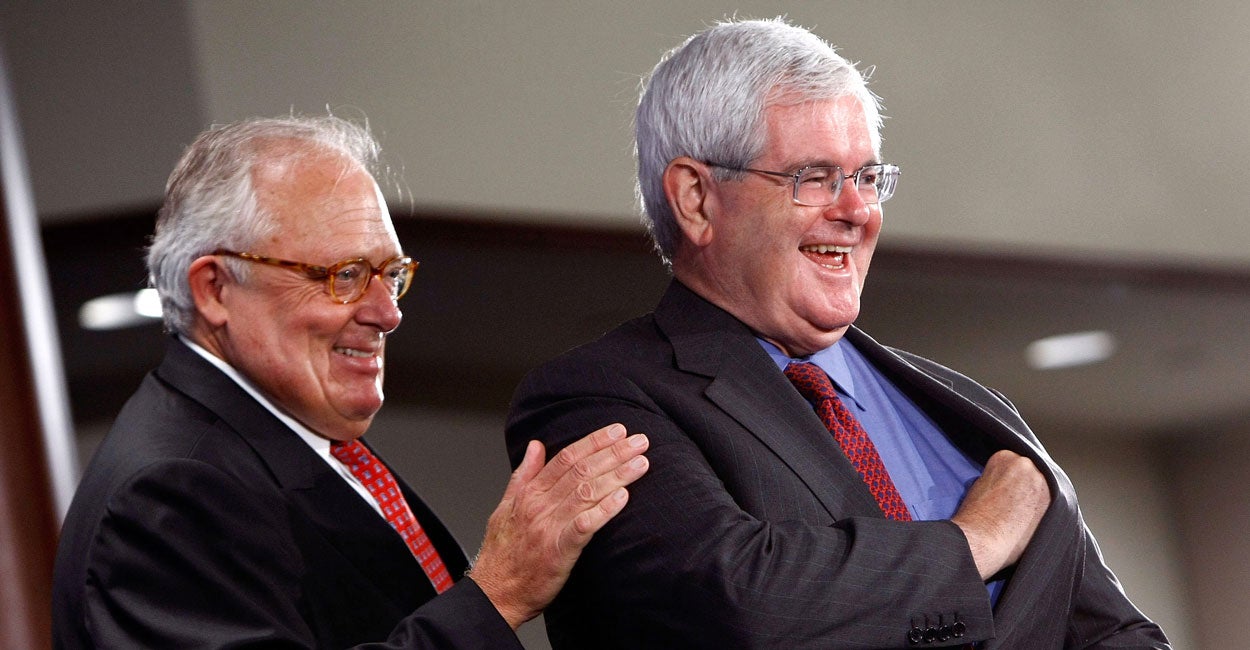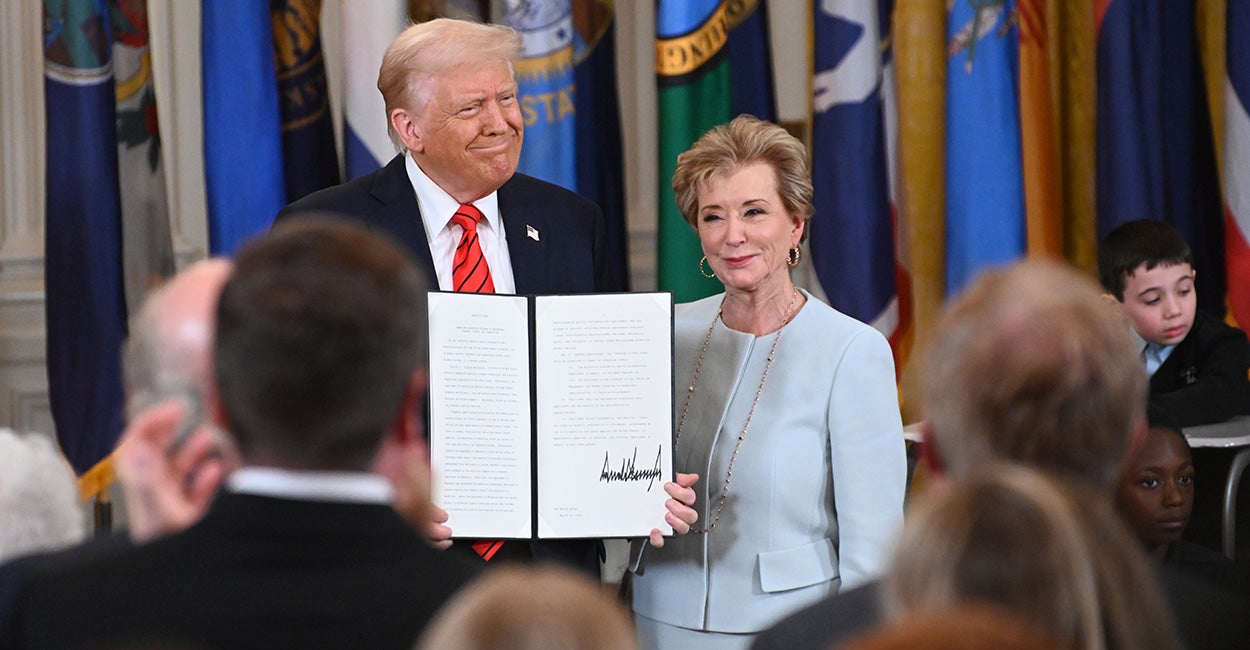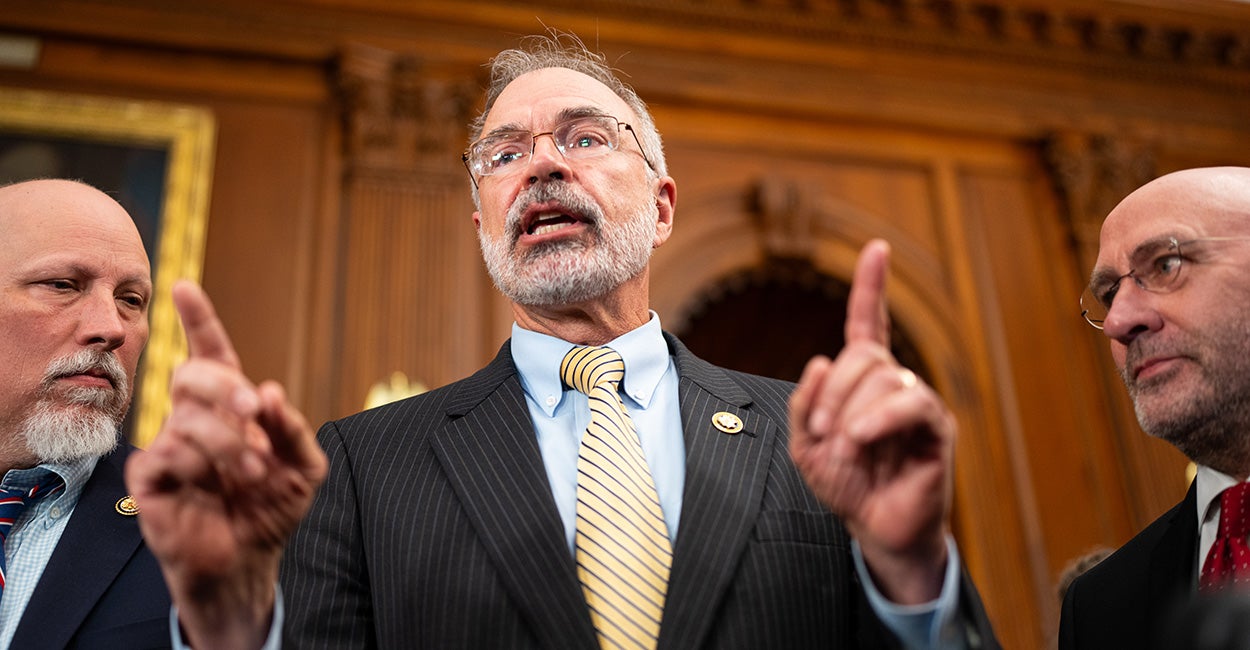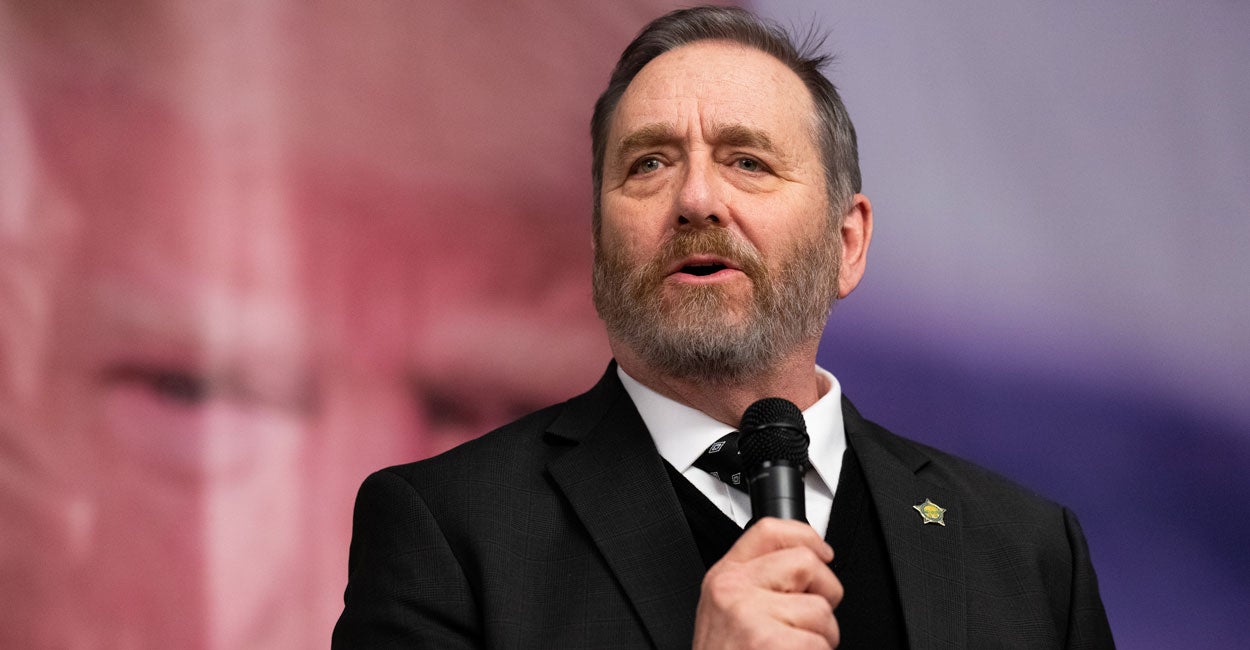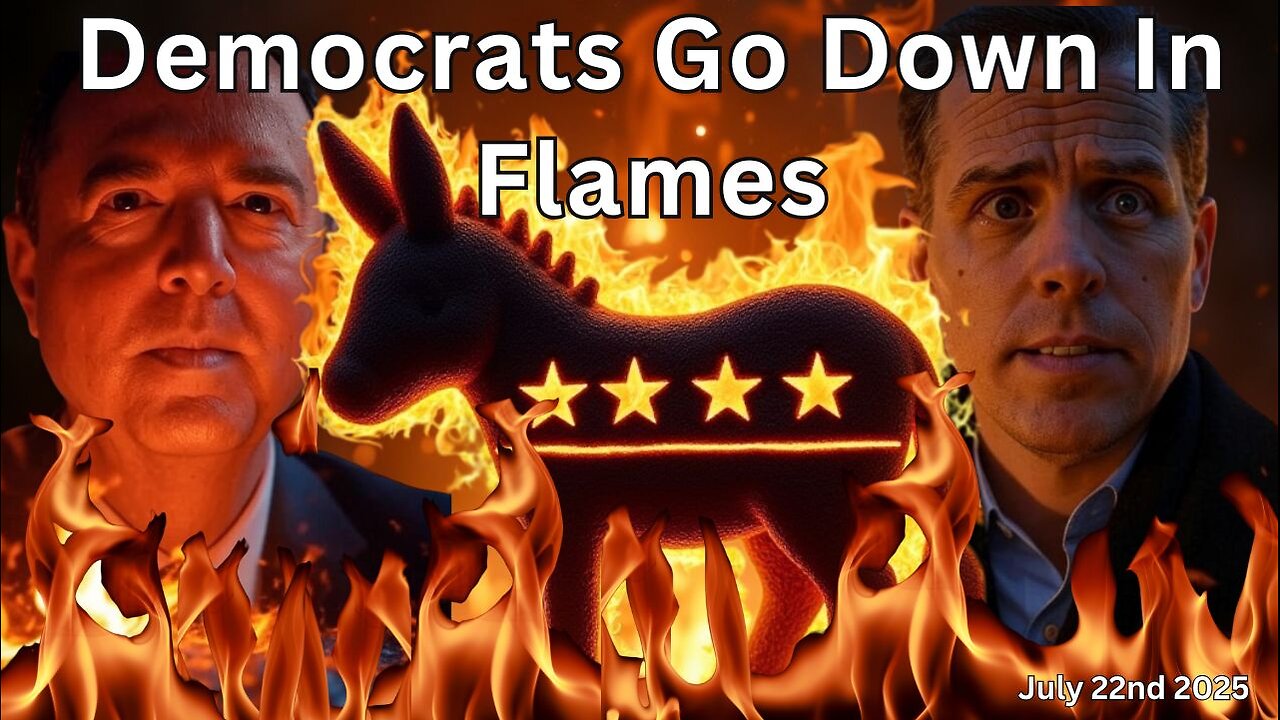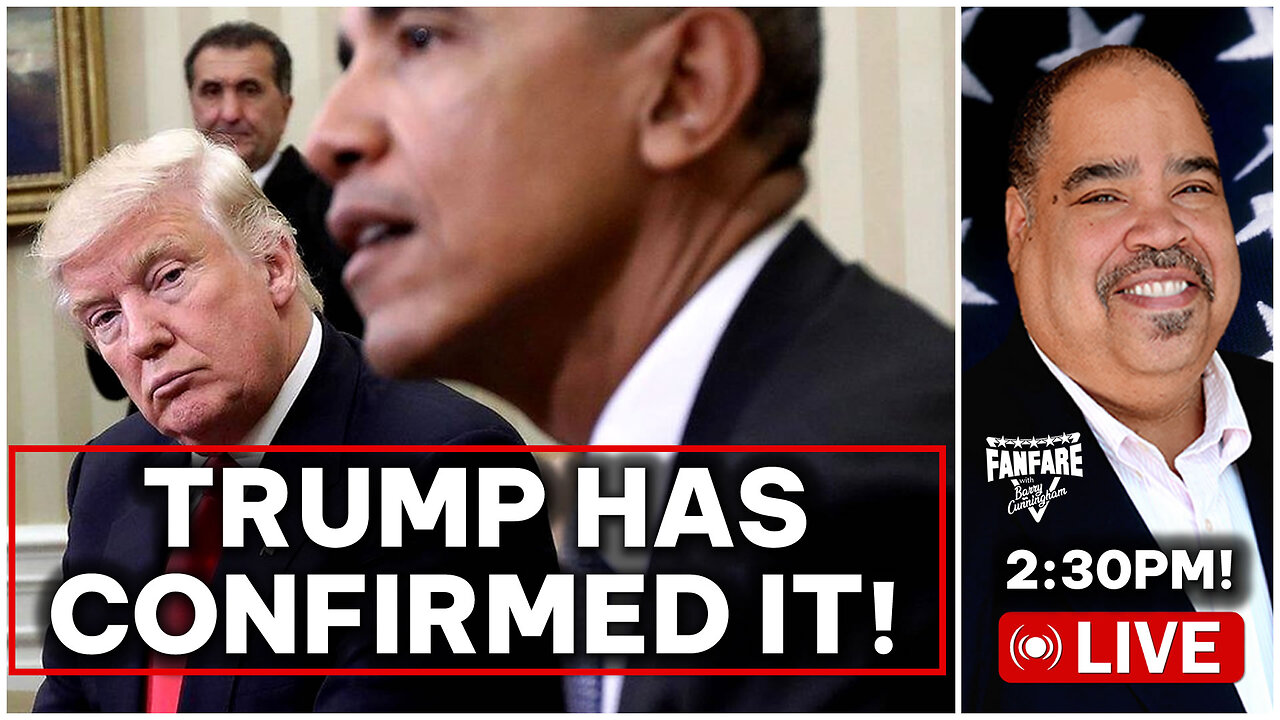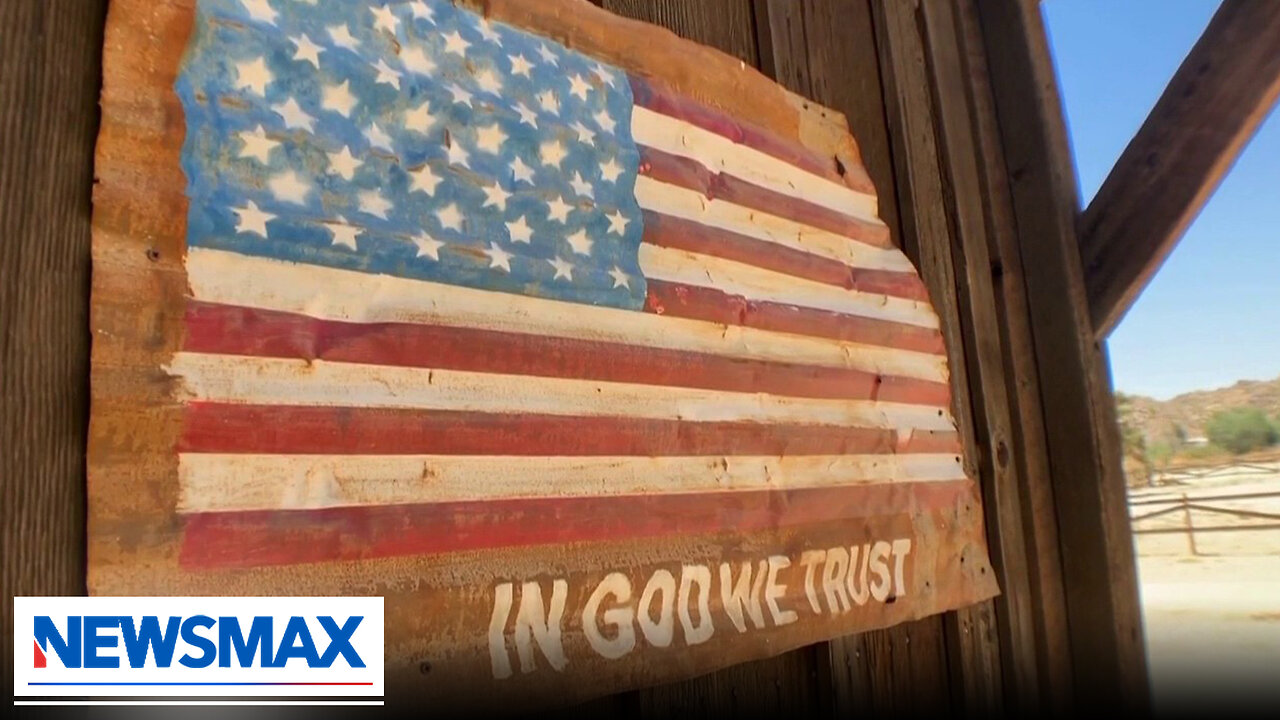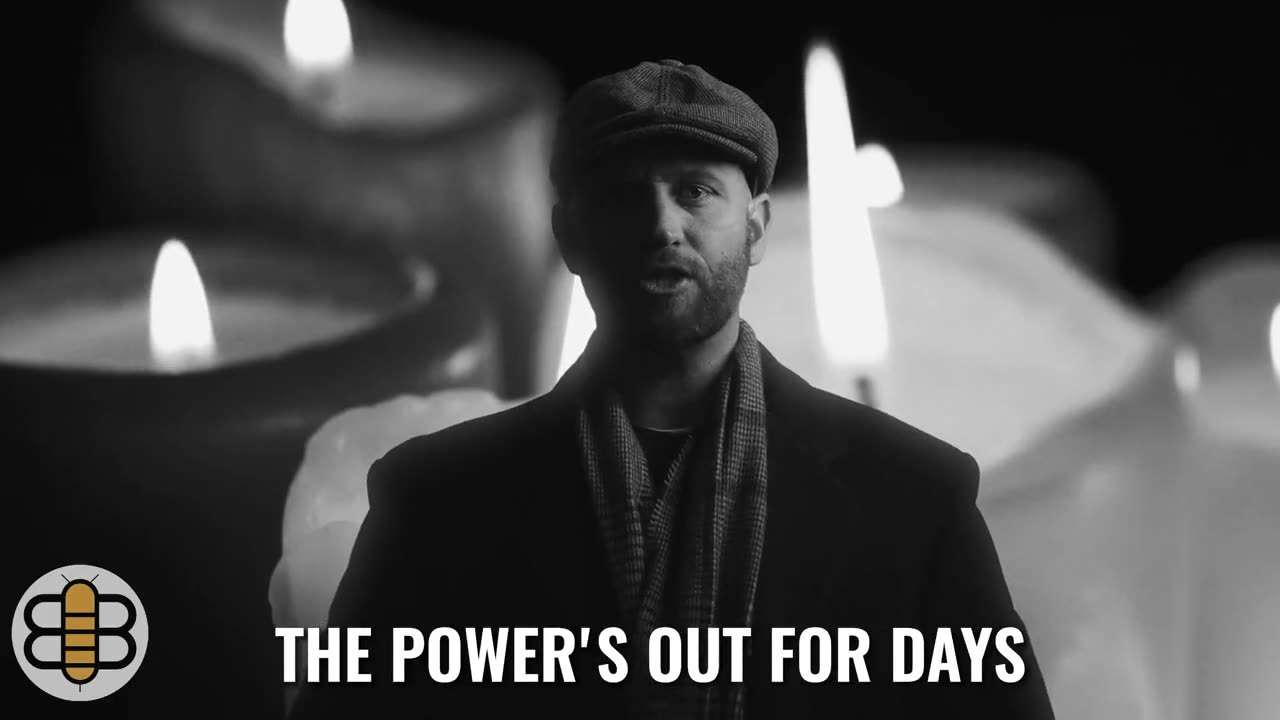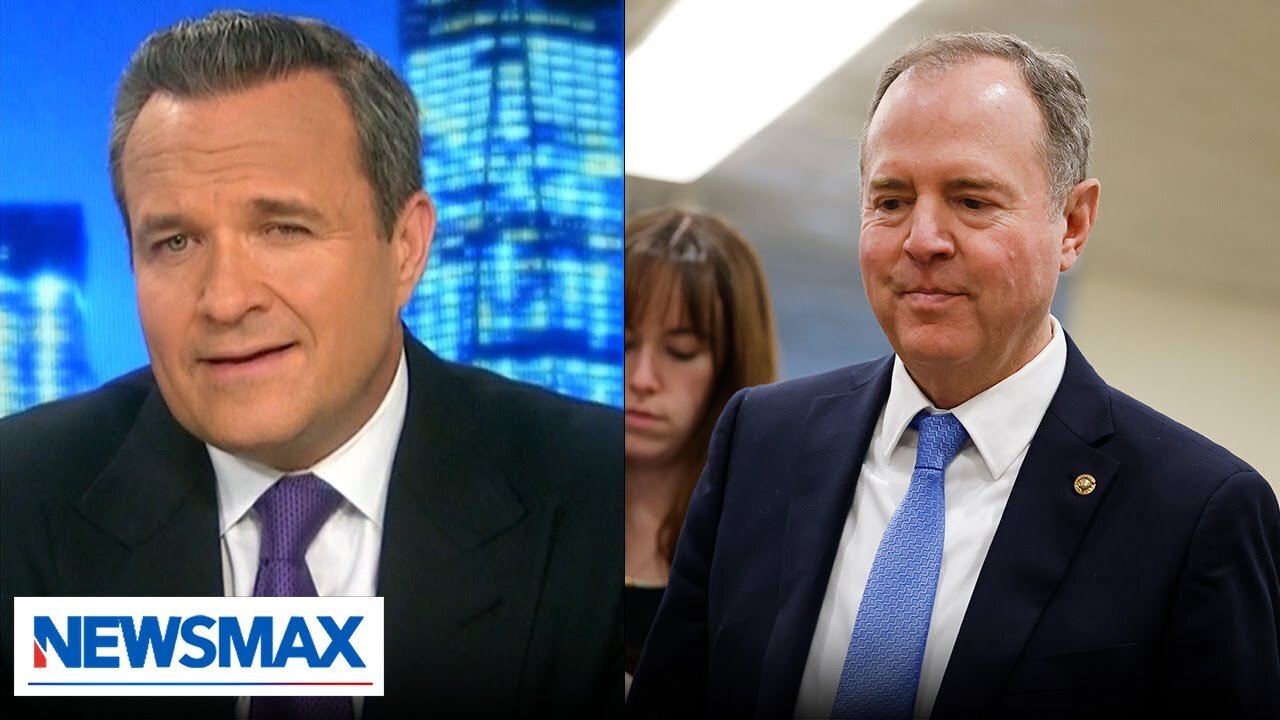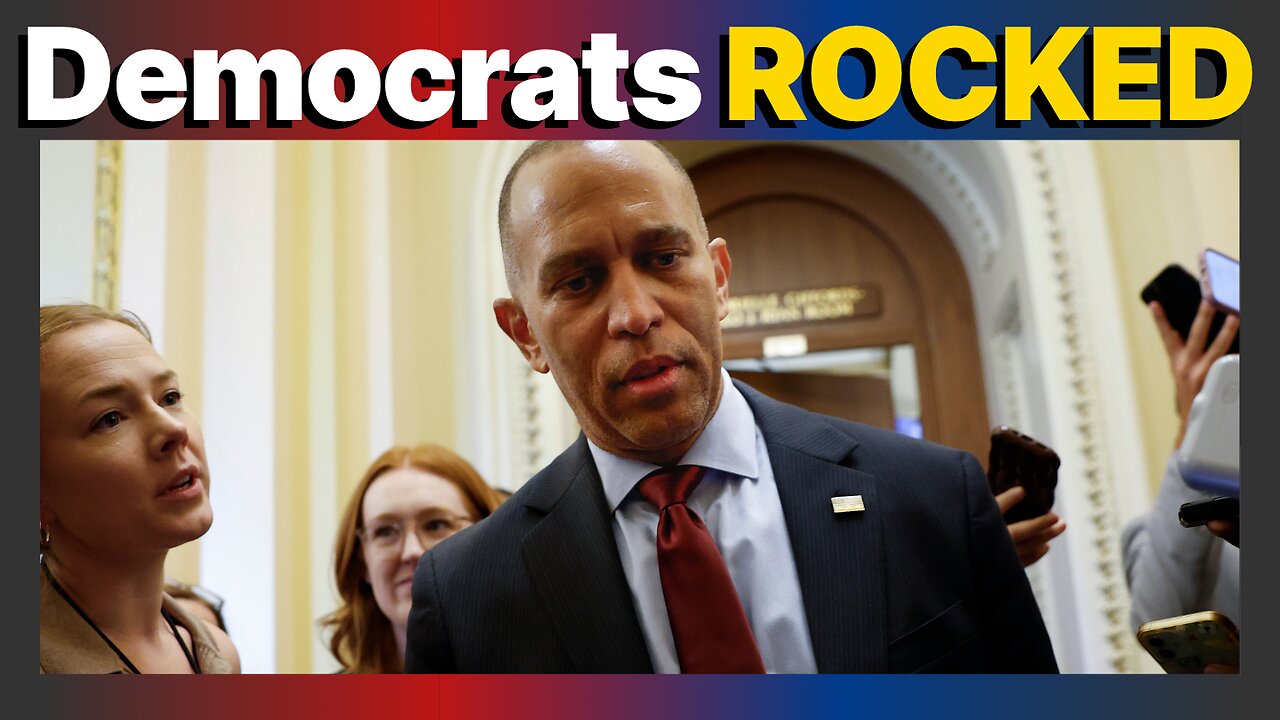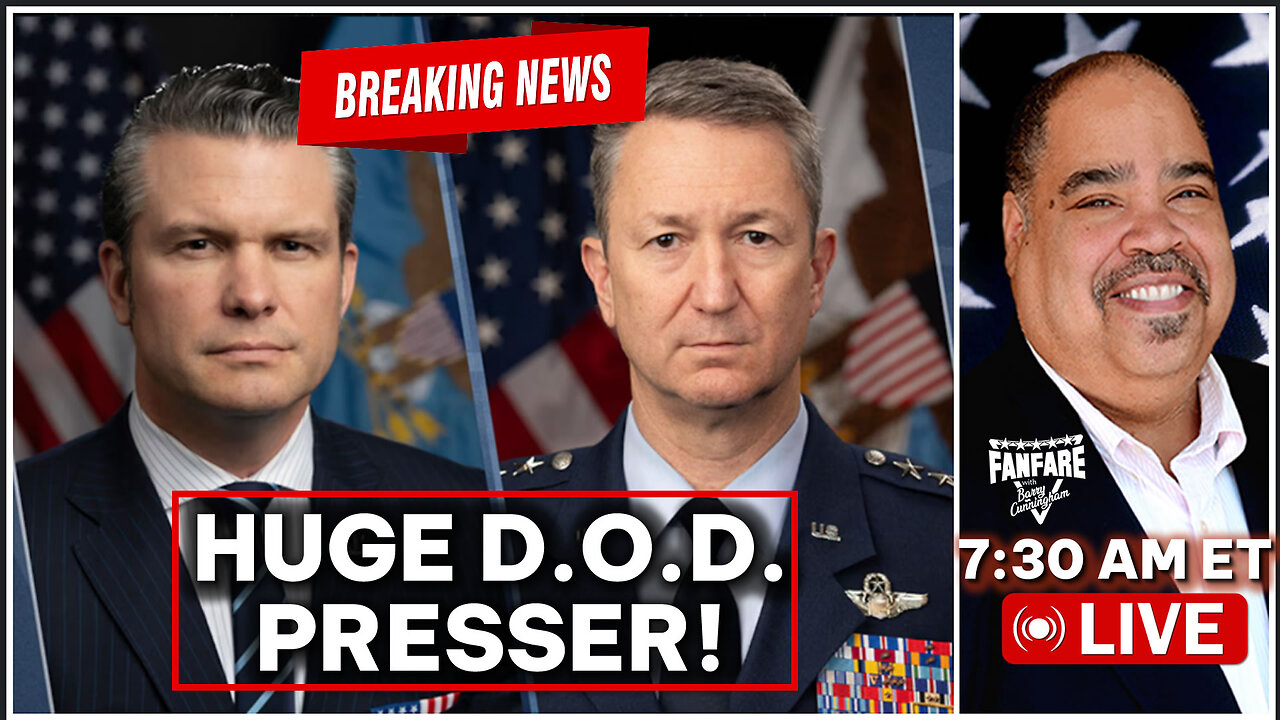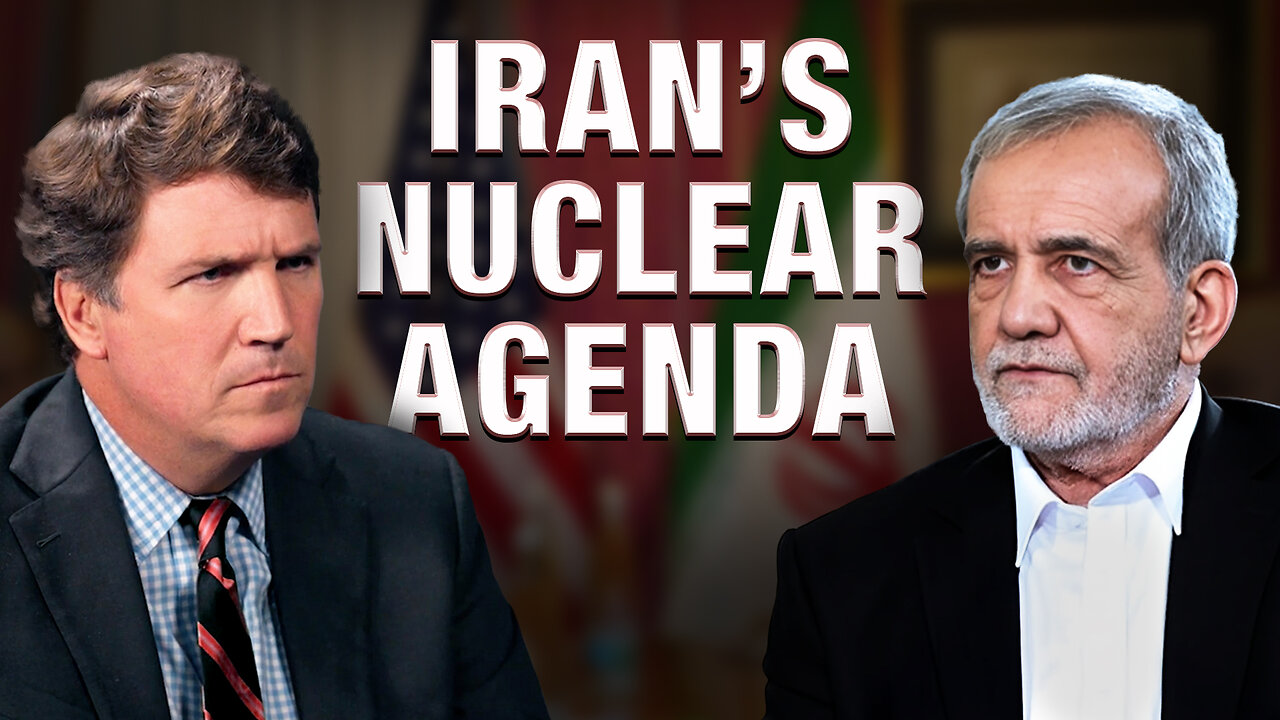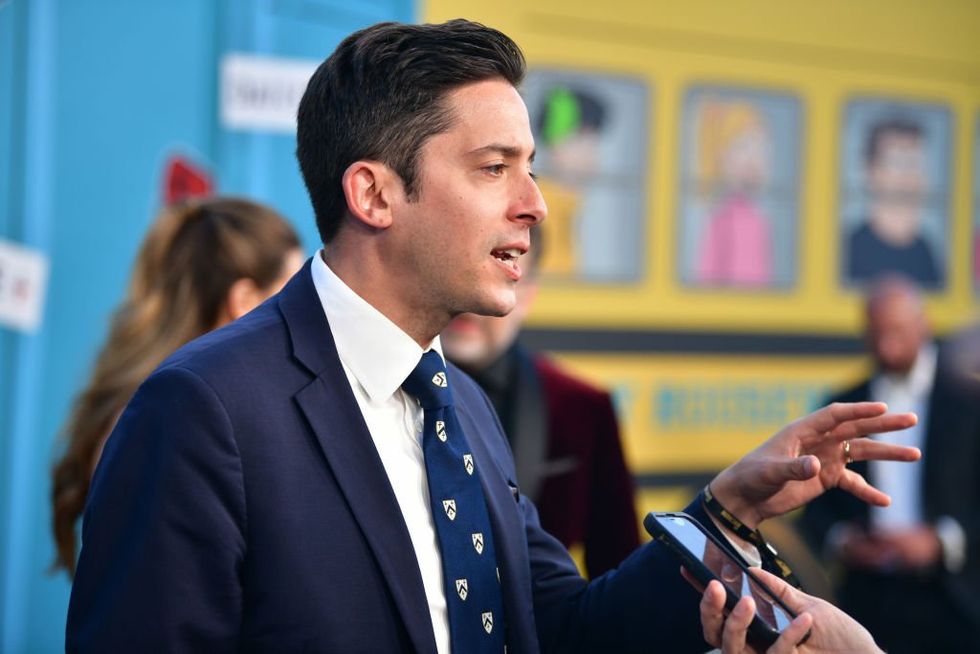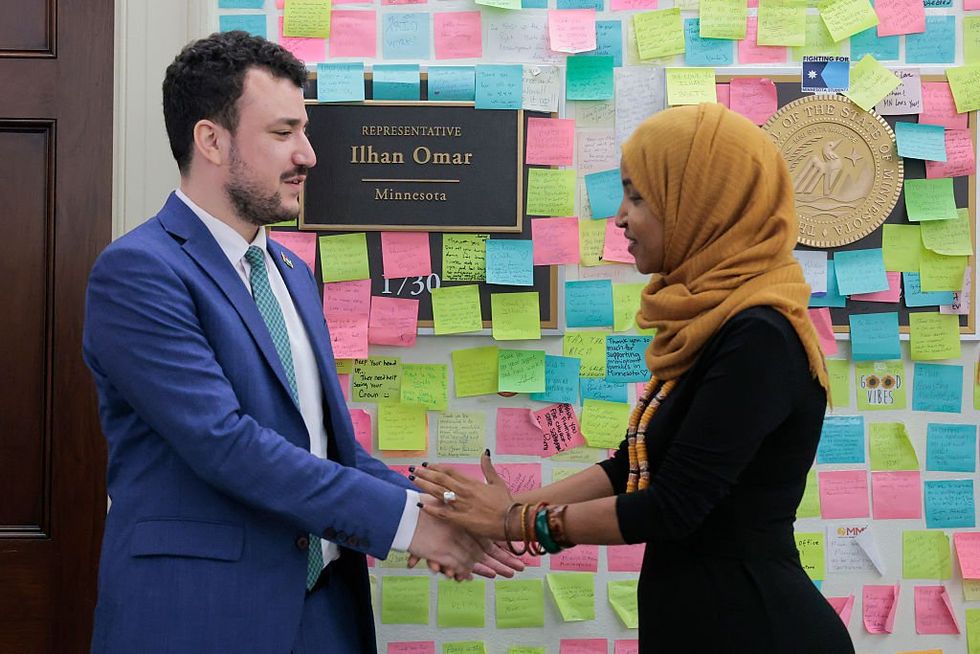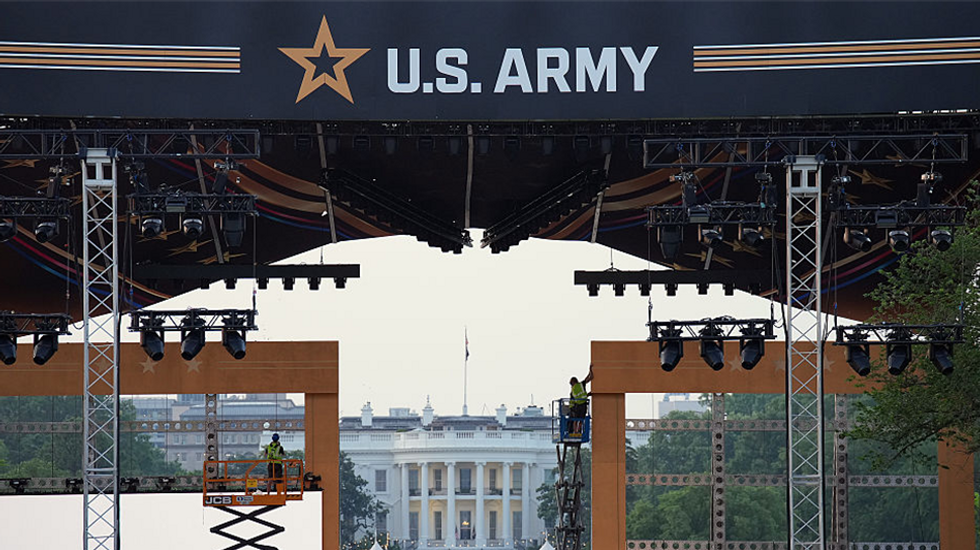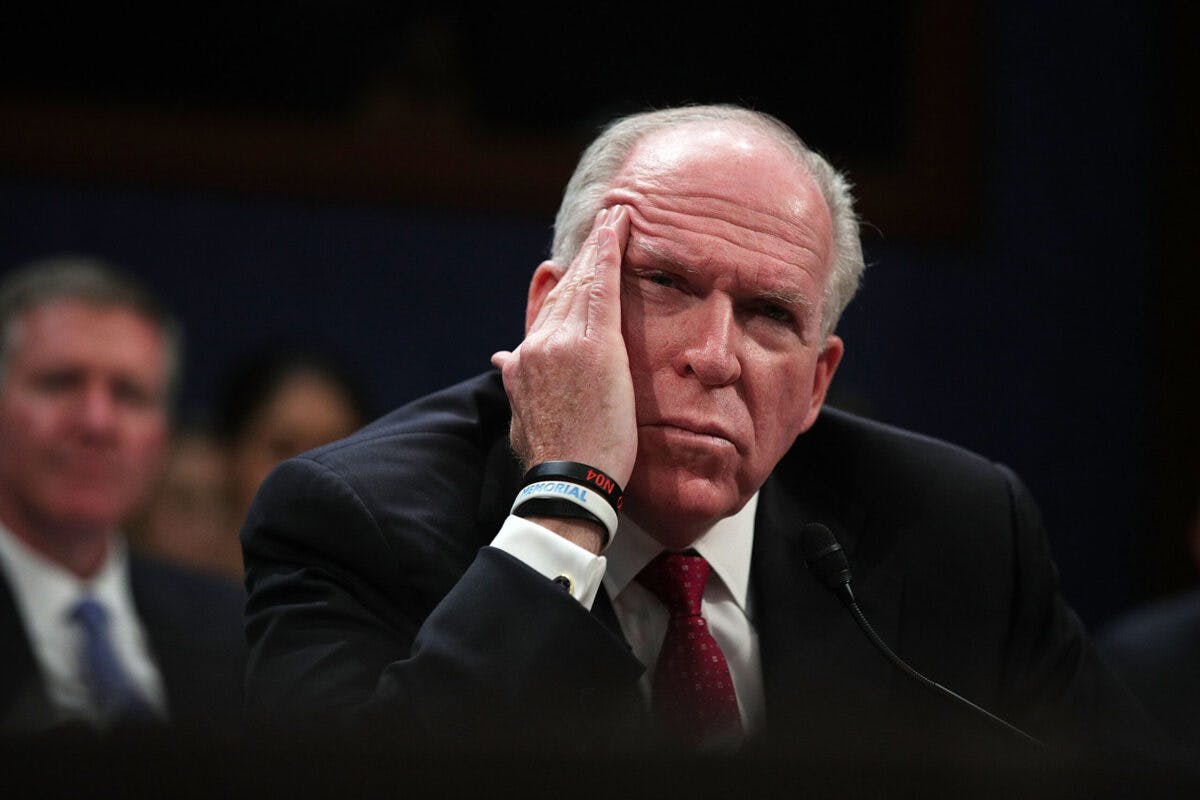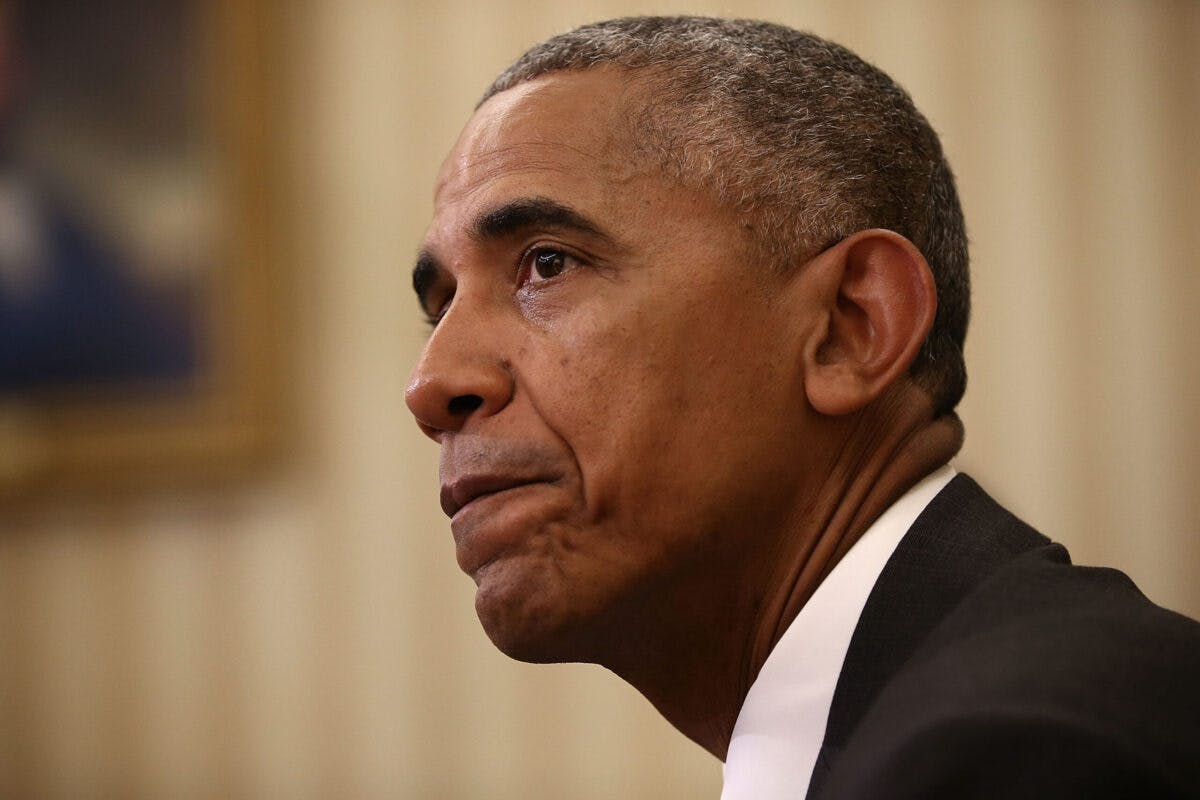Why The Plane Crash Was Entirely Foreseeable And Preventable
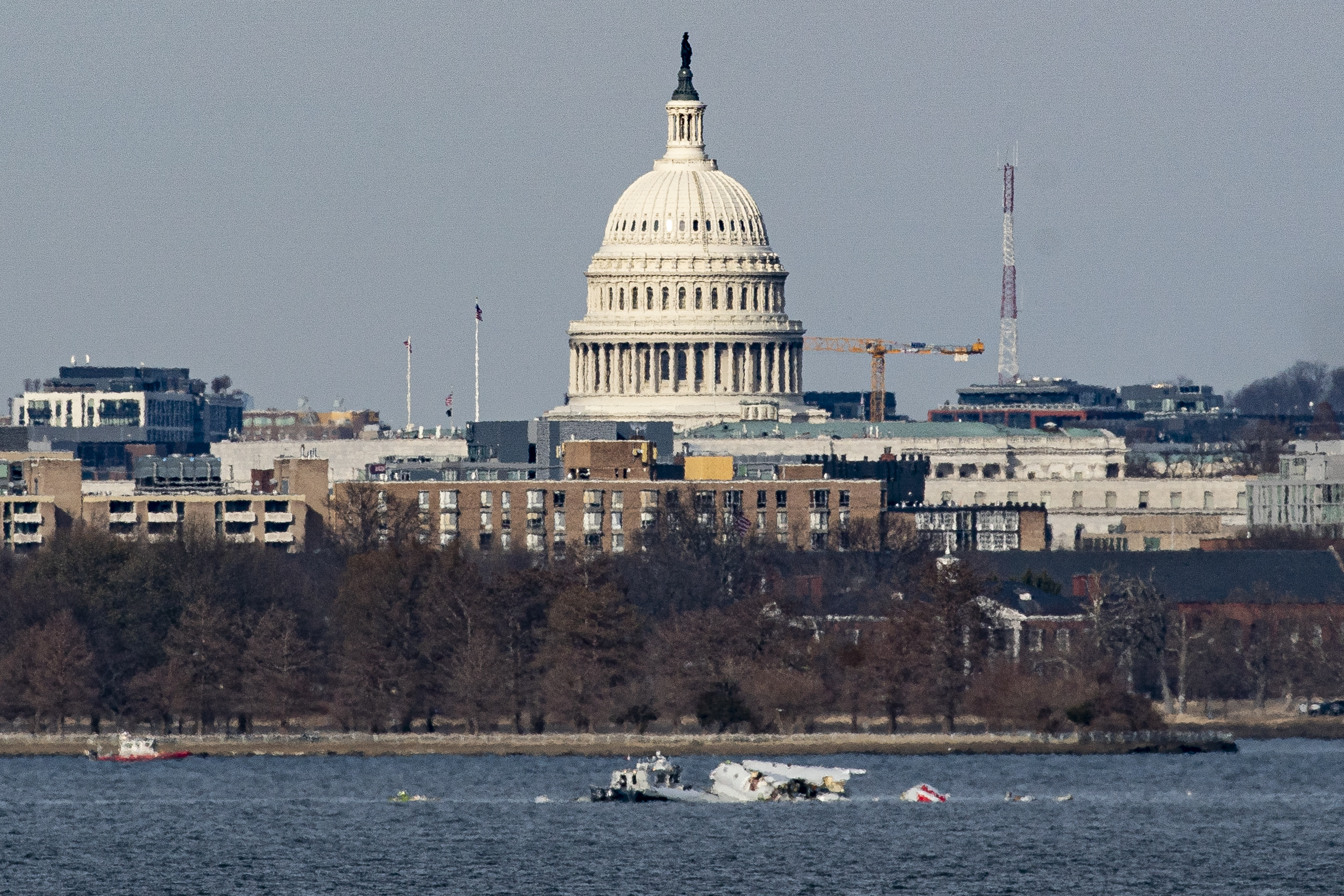
The more we learn about the mid-air collision involving American Airlines 5342 and a military Black Hawk helicopter on Wednesday night, the more it’s clear that we can now identify some reasons why this catastrophe happened.
This is something that, in the mainstream press, you’re not supposed to say out loud. You’re supposed to believe that we can’t really know anything about what happened — and that, at a minimum, we should allow a few years’ worth of investigation to take place, before we jump to any conclusions. That’s certainly the position of CNN, which sent a reporter to the White House briefing yesterday to browbeat Donald Trump because he cast blame on the Black Hawk pilots, DEI and air traffic control. Watch:
We’ve talked a lot about how Trump is reforming Washington at a very rapid pace, largely with his steady stream of executive orders and executive actions. But one of the most important changes he’s making is that he’s introducing accountability to the federal government. He’s demonstrating that he has no patience for the bureaucratic runaround that allows disasters like this to occur in the first place. The corporate media cannot run interference anymore. They cannot hide what actually happened.
One of the reasons that’s true is that, in this case, we have primary sources that we can rely on. There are a lot of aviation enthusiasts on platforms like YouTube, and they regularly upload air traffic control data and audio. And those videos paint a pretty clear picture of what took place on Wednesday night. Here for example is a reconstruction of the accident from the account “VASA Aviation.” It combines the radar tracking data with audio from air traffic control. In this footage, you’ll hear the first relevant interaction between the tower at Reagan airport and the Black Hawk helicopter crew. Watch:
So the tower says, “PAT 25, traffic just south of the Woodrow Bridge, a CRJ, it’s 1200 feet setting up for runway 33.”
And then comes the response: “PAT 25 has the traffic in sight, requesting visual separation.”
And then “visual separation” is granted.
This is a key moment. Contrary to what you may have heard in the media, the controller tells the Blackhawk pilot exactly what plane to look out for, and where it is at that exact moment. And the Blackhawk pilot states that he sees the plane at the bridge, and will avoid it.
At this point, everything’s going normally.
Then, about twenty seconds later, an alarm goes off in the control tower, because the two aircraft are on a collision course. That obviously signals that the Blackhawk pilot may not have followed the instructions. Listen to what happens at that point:
This time around, the air traffic controller isn’t very specific. He doesn’t state where exactly the passenger plane is, he just tells the helicopter pilot to avoid a “CRJ,” probably because he assumes they’re still tracking the same plane he mentioned earlier. He also doesn’t give the helicopter pilots much time to respond. And then, as you heard, within seconds the two aircraft collided.
So right away, there’s reason to speculate that maybe the Blackhawk helicopter was somehow looking at the wrong plane. Or maybe the Blackhawk lost sight of the passenger jet at some point, and failed to tell anyone. Either way, it’s clear that air traffic control’s guidance in those final seconds was very lacking, to say the least. And on top of that, based on the radar data, the Blackhawk pilots made a series of other mistakes, in addition to failing to see the passenger jet that was right in front of them.
WATCH: The Matt Walsh Show
As several aviation analysts have pointed out, the Blackhawk helicopter was supposed to be below 200 feet at this point. That’s a requirement for all helicopters on that route, at that point, right in front of the runway at DCA. The idea is that they’ll pass below the arriving traffic at the airport. But in this case, according to the radar data, the helicopter was flying above 300 feet. Additionally, the helicopter appeared to be slightly off course.
According to the published charts for this area, the helicopter was supposed to be hugging the land. Instead, it was over the water. Here’s how one aviation analyst described the problem:
Late last night, the New York Times confirmed this analysis: “The Army Black Hawk was supposed to be flying in a different location and lower when it collided with a passenger jet, according to four people briefed on the matter.”
So already, we have evidence of serious errors by pretty much everyone involved in this crash, except the American Airlines flight crew. They were in the right place, doing the right thing. The helicopter pilots were apparently too high and off-course, and they clearly failed to spot the plane that was right in front of them. According to the defense secretary, they also had night-vision on, which reduced their field of view. And the air traffic control wasn’t offering much help.
And that’s not even scratching the surface of the extent of the failures here. NBC News reports that, according to the FAA, staffing levels were “not normal” at the airport at the time of the accident. One controller was handling both inbound planes and helicopters, where normally two controllers split those responsibilities. So this is some of the most congested, critical airspace in the entire country, and we’re evidently running things at half capacity. How exactly is that possible?
As you might remember, a little over a year ago, I did a few monologues on the fact that a major aviation disaster was imminent in this country. It got to the point that it felt redundant after a while, because every week, there would be a new series of near-misses. We didn’t even have time to talk about all of them. In one of these monologues I specifically pointed out that TCAS — the on-board collision avoidance system in most commercial planes — doesn’t help prevent mid-air collisions when aircraft are close to the ground. It’s not designed to work below 1,000 feet. So I made the point that there’s a very high risk of a mid-air collision near the ground. Watch:
I’m not an aviation expert. I’m not even a hobbyist. I’m a high school educated podcaster. But even I knew, more than a year ago, that this was a major risk. Our mid-air collision fail-safes simply do not work at low-altitude. That’s especially true given that some low-flying aircraft don’t have TCAS at all, like military Black Hawks.
With that information, you might think that the FAA would consider, say, banning helicopters from flying directly into the approach paths of major airports like Reagan National. But they didn’t think of that, apparently. Instead, this is the chart that helicopters currently use to fly around DC:
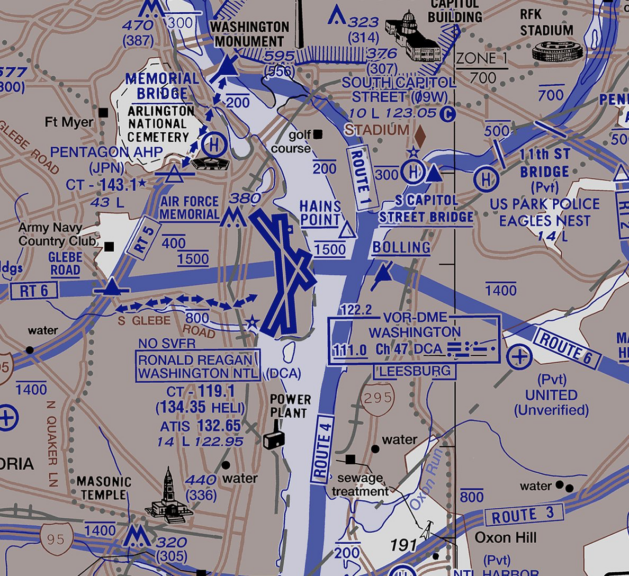
As you can see, they just put the helicopter routes right in front of the airport. Look at how close Route 1 and Route 4 are to the runway. And if there’s any deviation from those altitudes whatsoever, there’s a major risk of a catastrophe. Everyone has to be perfectly on their game, at all times, or else there could be a disaster.
But as we know, very often, air traffic controllers are not always on their game. Almost all of the near-disasters I’ve talked about over the years were potential mid-air collisions caused by incompetent air traffic control. Here’s one of these near-misses from Reagan National Airport — the same airport where the crash occurred on Wednesday. This is from last April. Watch:
You can hear the controllers in the tower screaming once they realize their mistake. Again, there was new footage like this every week. That’s why, in 2023, there were 503 air traffic control lapses that the FAA categorized as “significant,” which was a 65% jump year-over-year. I’ll say that again. “Significant lapses” by air traffic controllers increased by 65% in just one year.
It’s not hard to understand why this might be happening, given all of the evidence of declining standards at the agency. Last year for example I published footage and documentation from whistleblowers in the FAA and the aviation industry. And what these whistleblowers made clear is that the FAA (and the airlines) have drastically cut their performance expectations, across the board. Actually, that’s underselling what happened. The FAA specifically went out of its way to punish white applicants. They introduced a “biographical questionnaire” that dinged applicants who had relevant education or experience, knowing that white applicants would be affected the most. In one case, an FAA official was even caught helping black employees — and only black employees — to access inside information that would help them in the application process. In the footage I reported on last year, a senior FAA official openly talked about the importance of “reducing the number of white males” in the aviation industry.
As increasingly under-qualified air traffic controllers have been promoted, the situation has deteriorated further. And that’s produced a constant stream of near-misses that continued right up until this disaster. As the Washington Post reports: “Just 24 hours before the collision of American Eagle Flight 5342 and an Army Black Hawk helicopter near Reagan National Airport on Wednesday, another jet trying to land there had to make a second approach after a helicopter appeared near its flight path.”
So that’s what we know. Airlines and the FAA deliberately lower standards and then near misses dramatically increase. No one does anything about it, or takes preventative measures of any kind. And then we have an inevitable crash.
Based on those facts, do we know for sure that if DEI were never invented as a concept, then this accident would never have happened? No, we don’t. Based on the information we have right now, we can’t say that with certainty. One of the Black Hawk pilots was reportedly a woman with just 500 hours of experience, but we don’t yet know whether she was handling the controls at the time of the crash — although that seems likely, since her male co-pilot was doing the radio calls. But we still don’t know the full extent of her qualifications, or anything else.
At the same time, as Donald Trump outlined yesterday, that’s not really the point. The point is that we shouldn’t even have to wonder, even for a second, if DEI played a role in an incident like this. But we do have to ask that question because any agency or organization that practices DEI cannot claim to be upholding the highest possible standards.
As Trump pointed out, that never ends well — particularly in an industry like aviation. Watch:
If we want to avoid future disasters like this one, this is the approach we need to take. We don’t really have a choice. You simply have to establish high standards. And if you can’t find enough applicants who meet those standards — if there’s a shortage of qualified personnel — then the solution is to pay qualified applicants more, so that you attract competent people.
At this point, we also need a full accounting of the damage that the COVID lockdowns have done to this country. Last night I received an email from a senior engineer at a major company in the aviation industry: “While nobody had it easy, the aviation industry was hit particularly hard. The demand for air travel plummeted when the lockdowns took effect, resulting in massive attrition of experienced people out of every corner of the aviation industry. When demand came back about three years ago, these people were replaced by relatively young and inexperienced new hires. I would be utterly shocked if this did not in some way impact the midair collision at Reagan National.”
That’s another aspect to this incident I hadn’t really considered. We have too few qualified people in part because of the devastation that the COVID lockdowns inflicted on this country. It’s yet another reason why we should never allow lockdowns like that to occur in this country. And the current White House seems to understand that.
Moving forward, the White House has now committed to rooting out existing DEI hires at the FAA, so they can start recruiting competent employees. Speaking to Fox last night, senior White House official Stephen Miller said that’s exactly what’s about to happen. Watch:
This is the step we need to take. We have no other choice. Once an organization actually rewards competence, things start improving very quickly. A competent FAA official might decide, for example, that it’s a bad idea to have a helicopter route pass right in front of a major airport, on the assumption that the helicopter will never make a mistake and go 100 feet above or below their assigned altitude.
Those are the kinds of practical, life-saving decisions that get made when you’re focused entirely on your mission, and nothing else. They’re the kinds of decisions that Americans just voted for, in record numbers. And they’re the kinds of decisions that need to get made, immediately, before a lot more people die.
Originally Published at Daily Wire, Daily Signal, or The Blaze
What's Your Reaction?
 Like
0
Like
0
 Dislike
0
Dislike
0
 Love
0
Love
0
 Funny
0
Funny
0
 Angry
0
Angry
0
 Sad
0
Sad
0
 Wow
0
Wow
0
